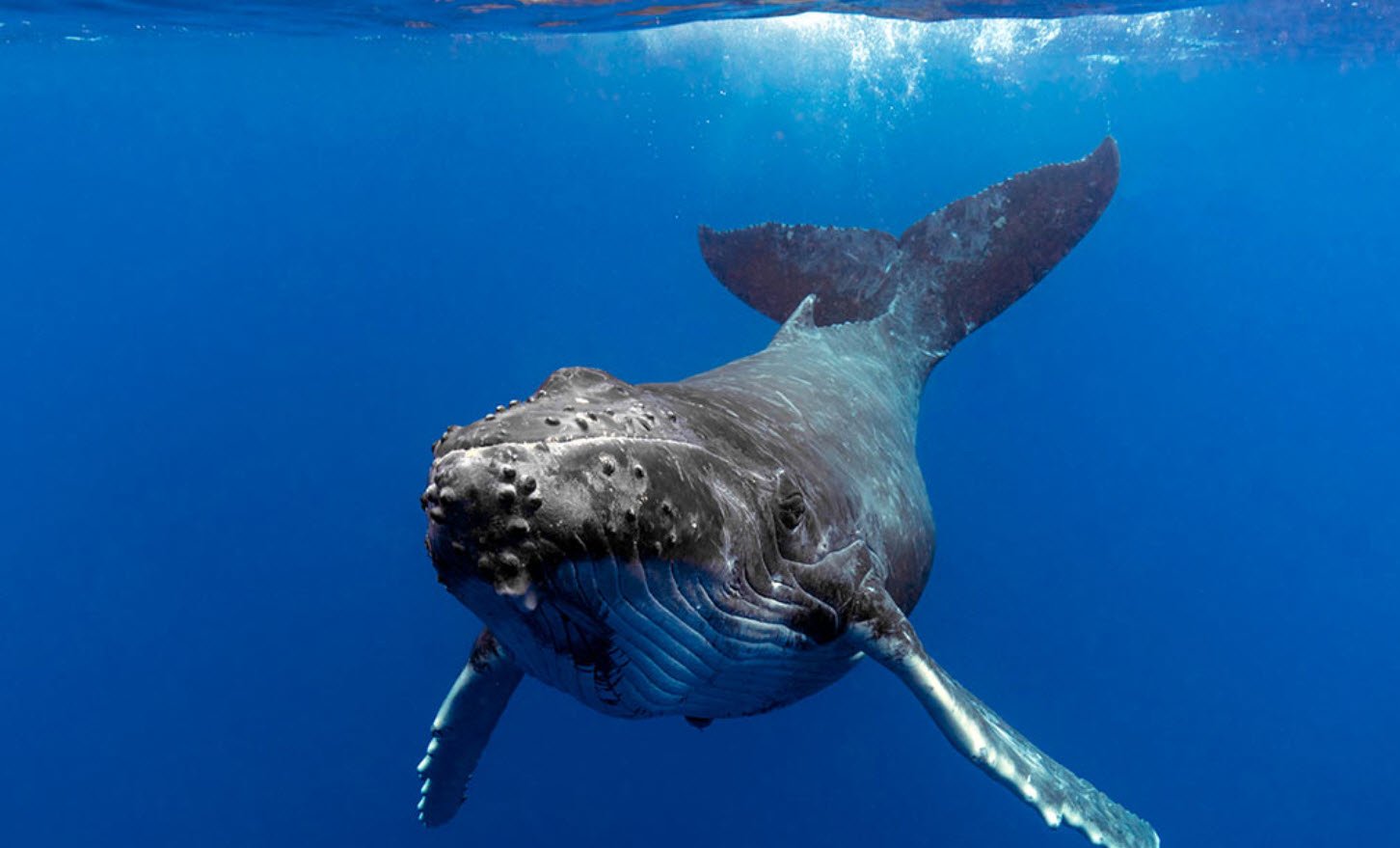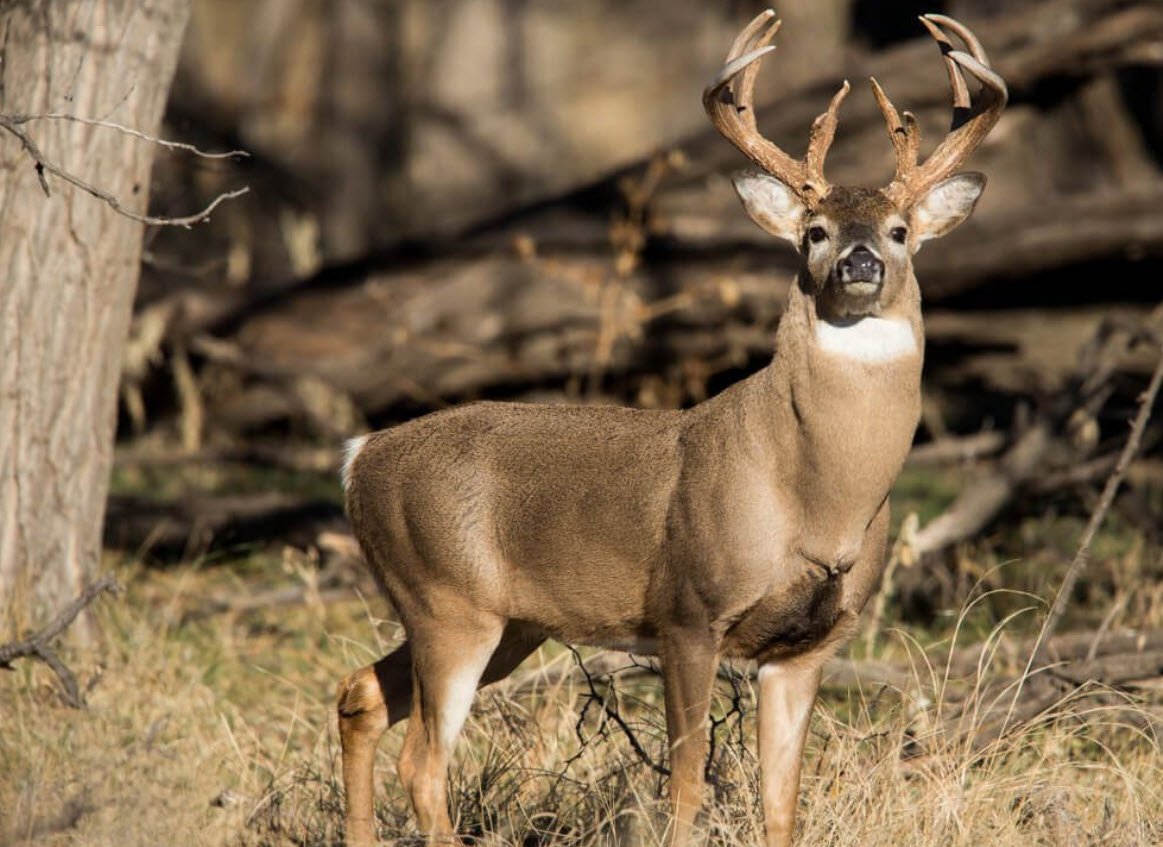
Madagascar, an island nation located in the Indian Ocean, is renowned for its distinctive biodiversity and unique ecosystems. The island is home to an array of extraordinary flora and fauna, much of which cannot be found anywhere else on the planet.
In this article, we will explore into the fascinating world of some of the remarkable animals that inhabit this isolated and captivating island.
- Fossa
- Red Ruffed Lemur
- Bat
- Common Brown Lemur
- Blue Coua
- Madagascan Pochard
- Tenrec
- Giraffe Weevil
- Aye-Aye
- Panther Chameleon
- Tomato Frog
- Boa
- Madagascar Fody
- Barn Owl
- Radiated Tortoise
- Painted Mantella
- Crowned Lemur
- Subantarctic Fur Seal
- Sifaka Lemur
- Giant Day Gecko
- Rockhopper Penguin
- Indri
- Gray Mouse Lemur
- Comet Moth
- Ring-Tailed Lemur
1. Fossa
The Fossa, scientifically known as Cryptoprocta ferox, is a carnivorous mammal native to Madagascar. Resembling a combination of a cat and a mongoose, the Fossa is the largest predator on the island. It possesses a slender, elongated body and a long tail, making it an agile climber and an effective hunter in the dense forests.
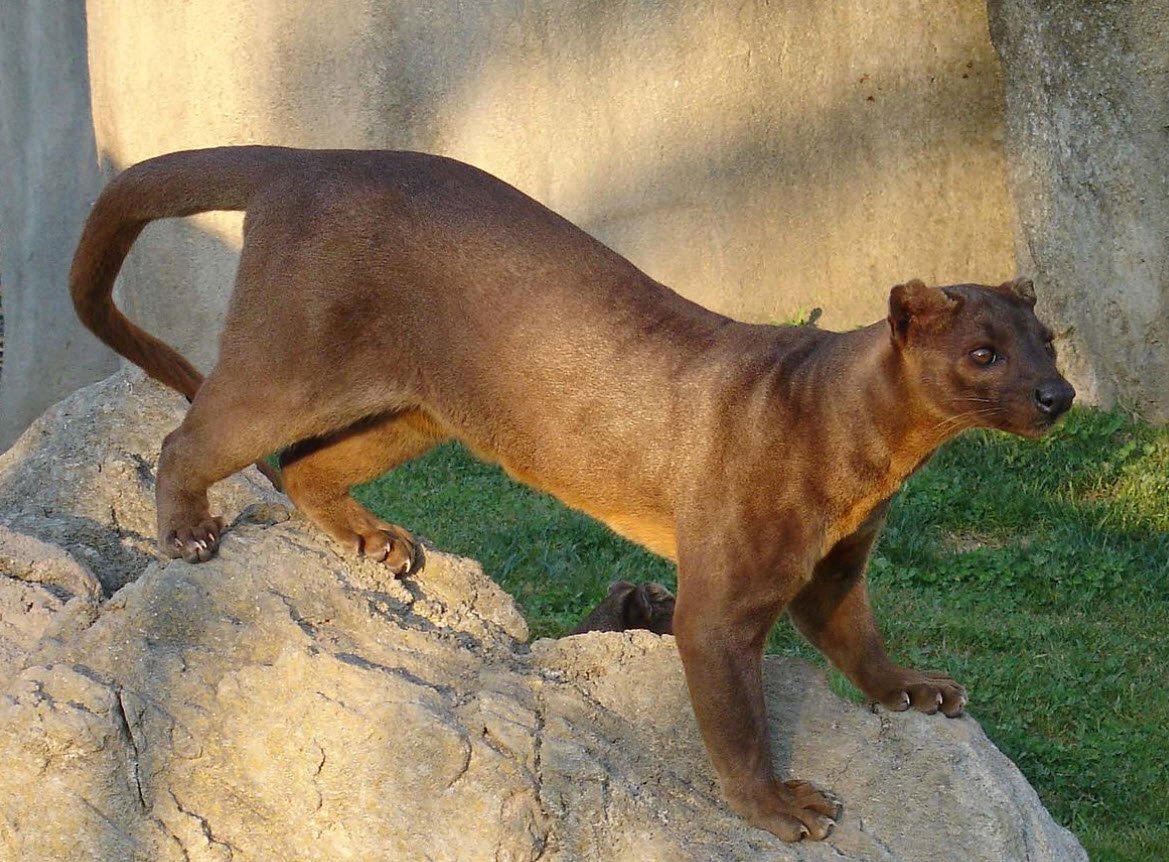
2. Red Ruffed Lemur
The Red Ruffed Lemur, scientifically known as Varecia rubra, is one of the most colorful and charismatic lemurs found in Madagascar. Recognizable by its vibrant red fur and distinctive black markings, this primate is primarily arboreal and known for its loud and distinctive vocalizations.
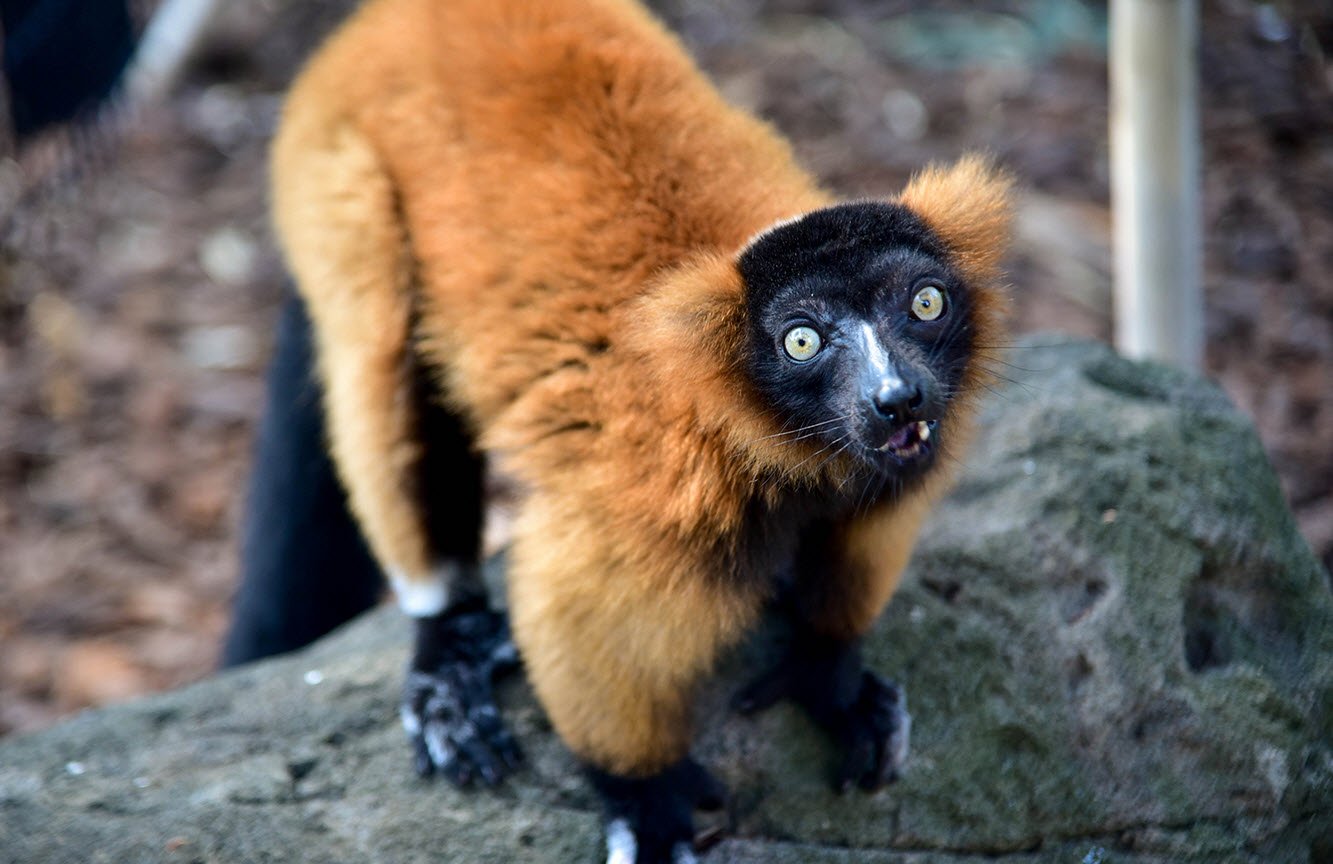
3. Bat
Madagascar hosts a variety of bat species, playing a crucial role in the island’s ecosystem as pollinators and insect controllers. These nocturnal creatures are diverse in size, behavior, and habitat preferences, contributing to the island’s rich biological diversity.
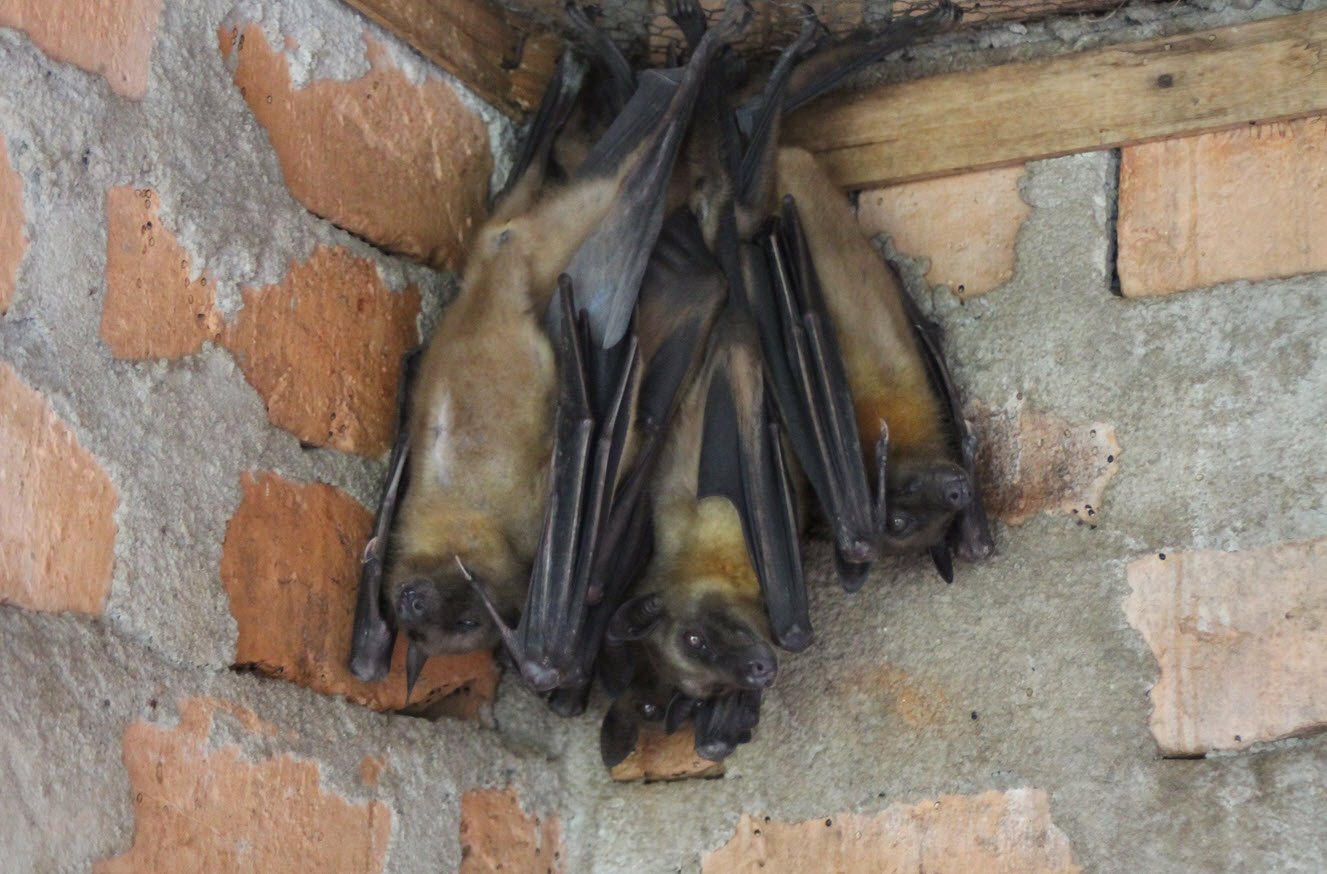
4. Common Brown Lemur
The Common Brown Lemur, scientifically known as Eulemur fulvus, is a medium-sized lemur species inhabiting various parts of Madagascar. It has a characteristic brown fur and a white face, making it easily identifiable. These lemurs are known for their social behaviors and adaptability to different environments.
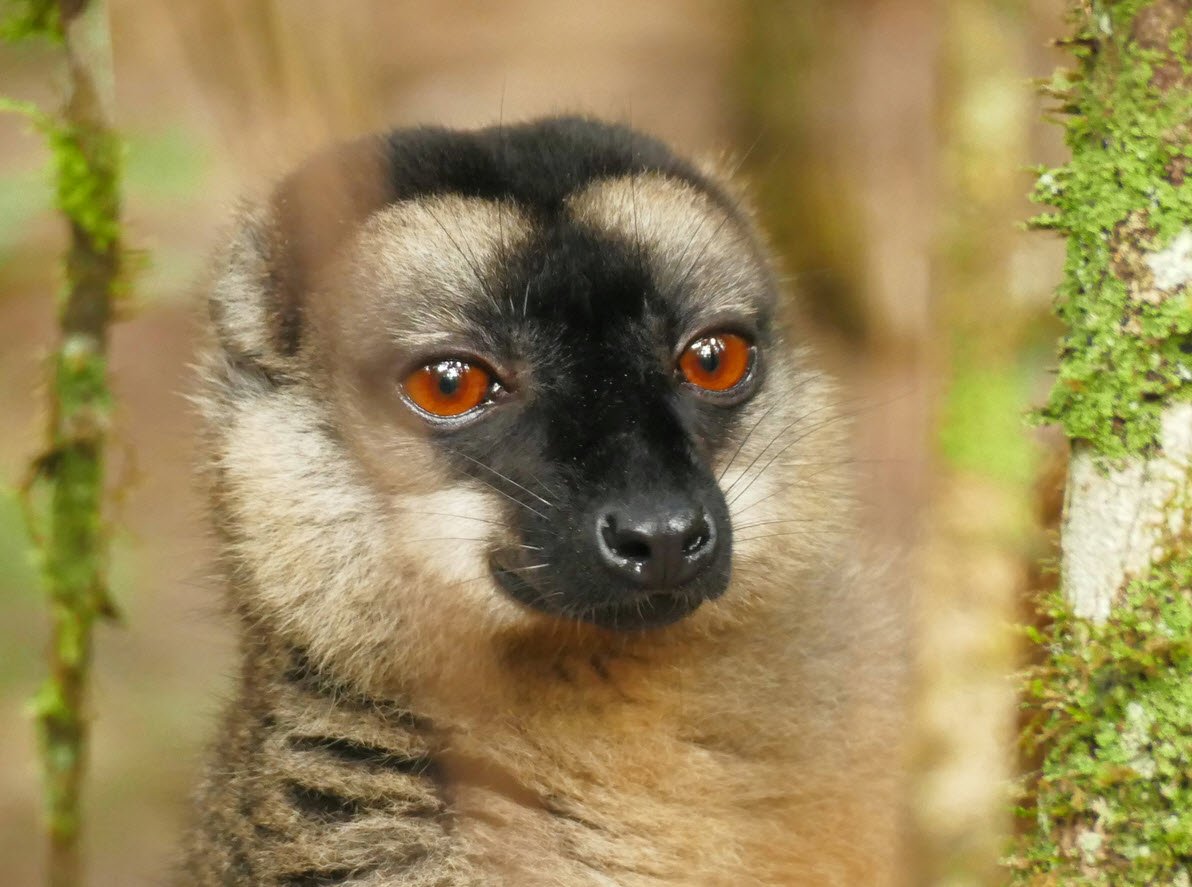
5. Blue Coua
The Blue Coua, scientifically known as Coua caerulea, is a striking bird species endemic to Madagascar. Its vibrant blue plumage and distinct markings make it a sight to behold. Blue Couas are ground-dwelling birds that primarily feed on insects and fruits.
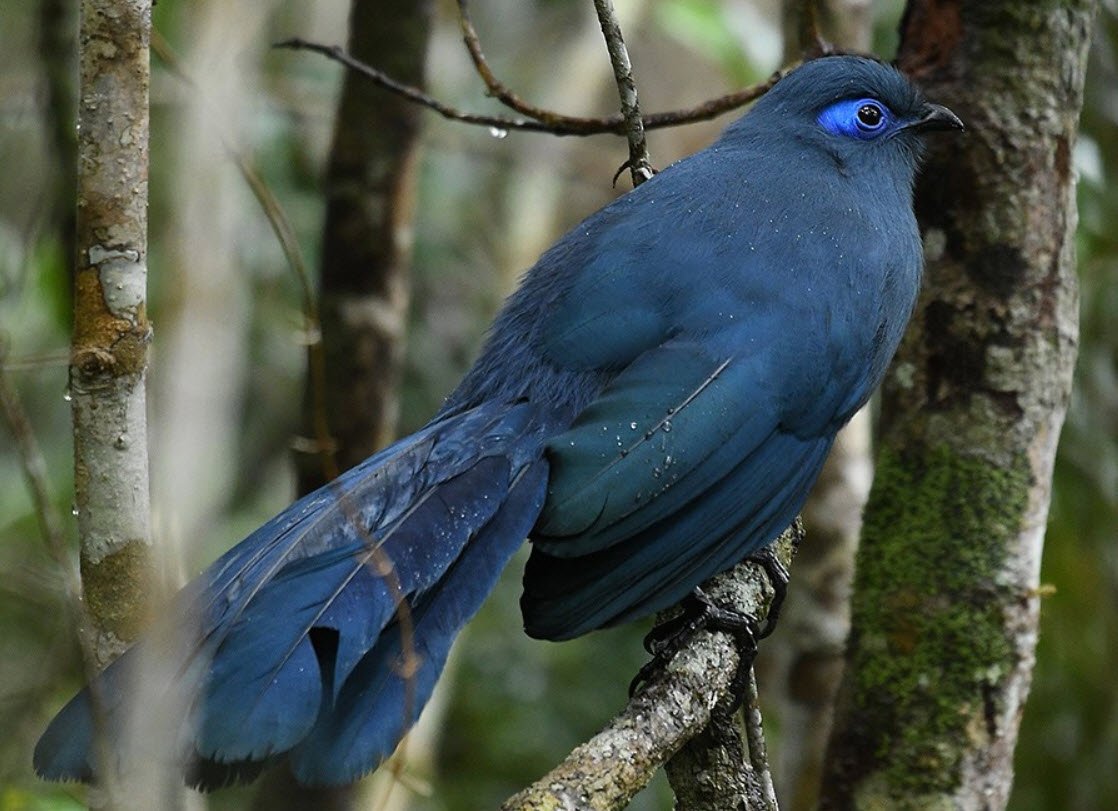
6. Madagascan Pochard
The Madagascan Pochard, scientifically known as Aythya innotata, is a critically endangered duck species native to Madagascar. Conservation efforts are in place to protect and restore their dwindling population and habitat.

7. Tenrec
Tenrecs are small mammals resembling hedgehogs or shrews. Endemic to Madagascar, they exhibit diverse characteristics and occupy a variety of habitats, ranging from forests to grasslands.
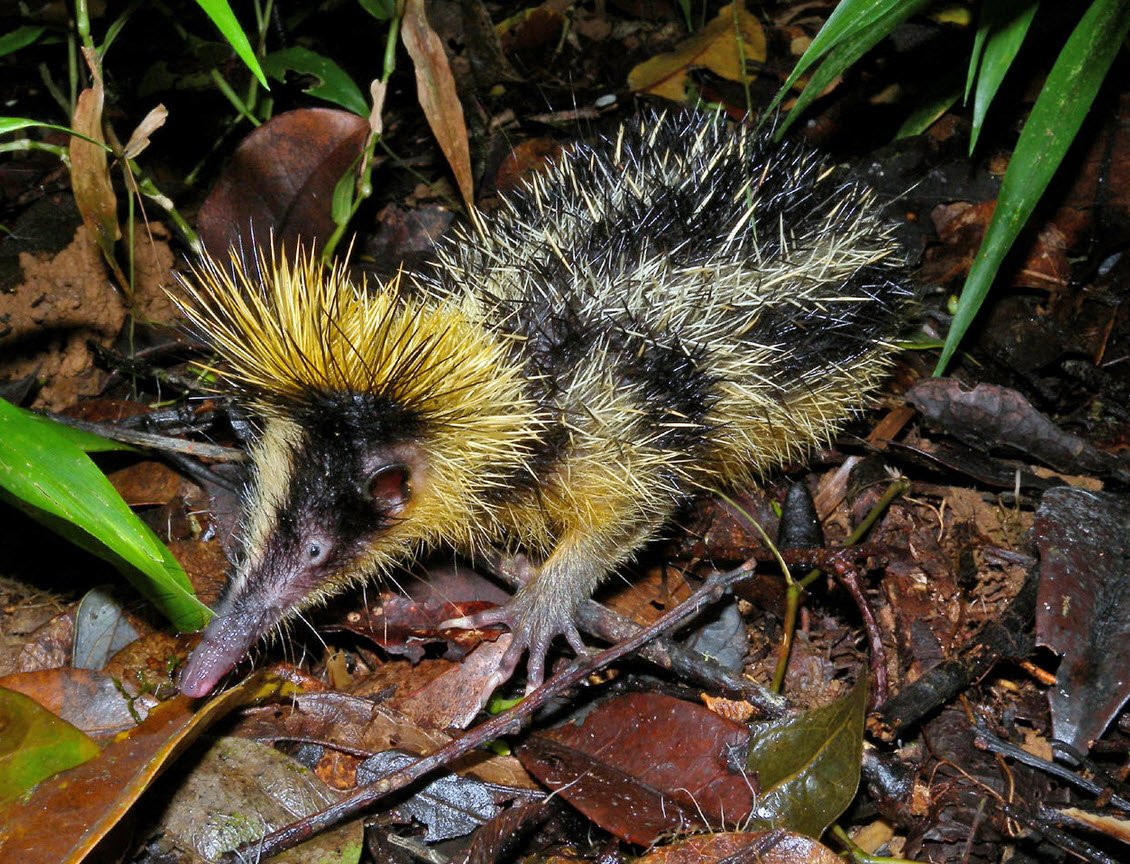
8. Giraffe Weevil
The Giraffe Weevil (Trachelophorus giraffa) is a peculiar insect species found only in Madagascar. Its elongated neck, resembling that of a giraffe, makes it stand out among other weevil species.

9. Aye-Aye
The Aye-Aye (Daubentonia madagascariensis) is a unique lemur species known for its distinctive appearance, particularly its long, bony middle finger, which it uses to extract insects from trees. Unfortunately, it is an endangered species due to habitat loss and superstitions in the local culture.
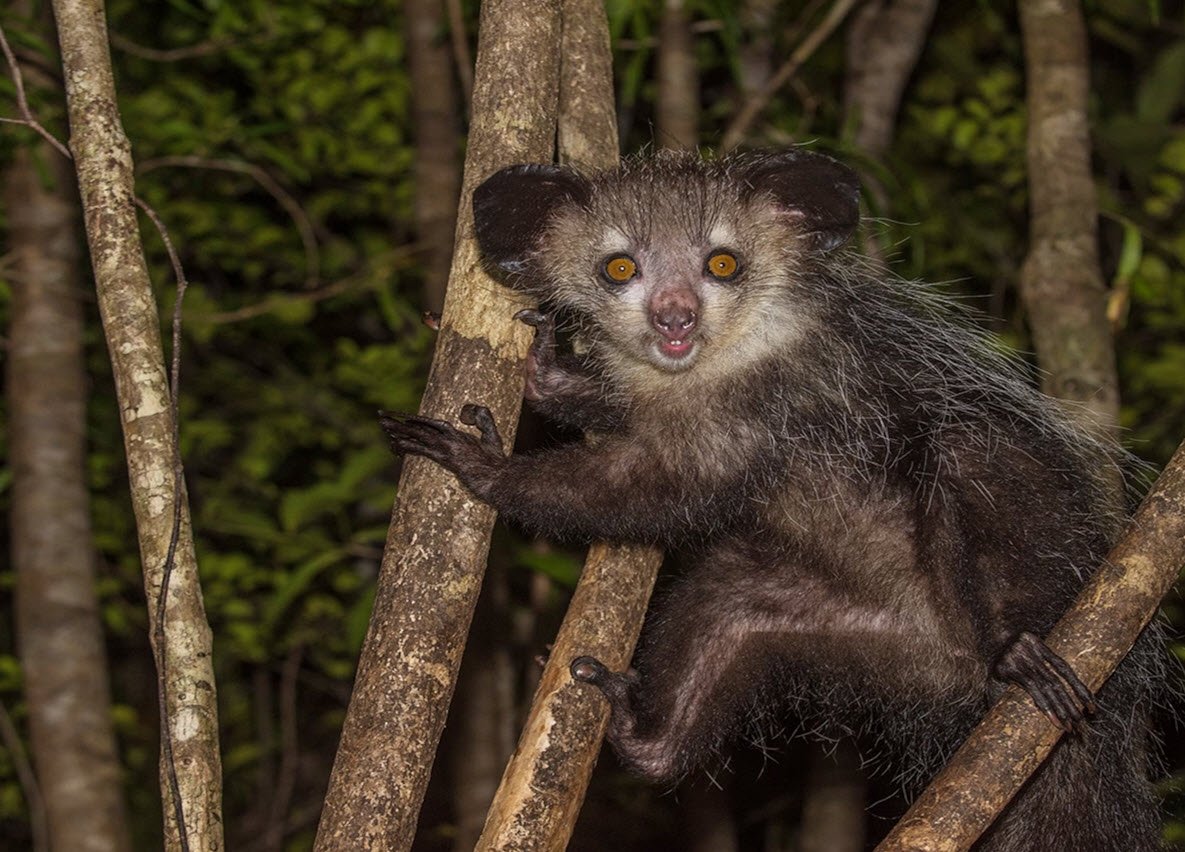
10. Panther Chameleon
Madagascar is famous for its chameleon species, and the Panther Chameleon (Furcifer pardalis) is one of the most recognized. These colorful reptiles have the ability to change their skin color, helping them communicate, regulate body temperature, and camouflage themselves.
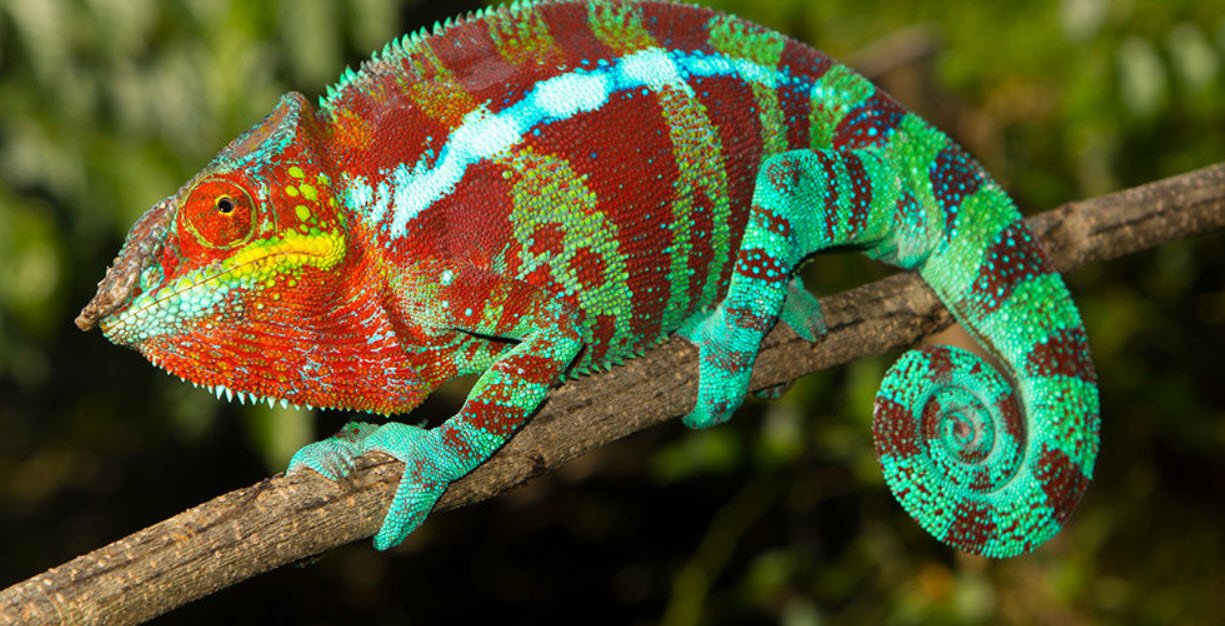
11. Tomato Frog
The Tomato Frog (Dyscophus antongilii) is a visually striking frog species native to Madagascar. Its vibrant red and orange coloration serves as a warning to potential predators. Sadly, this species is threatened due to habitat destruction and the pet trade.
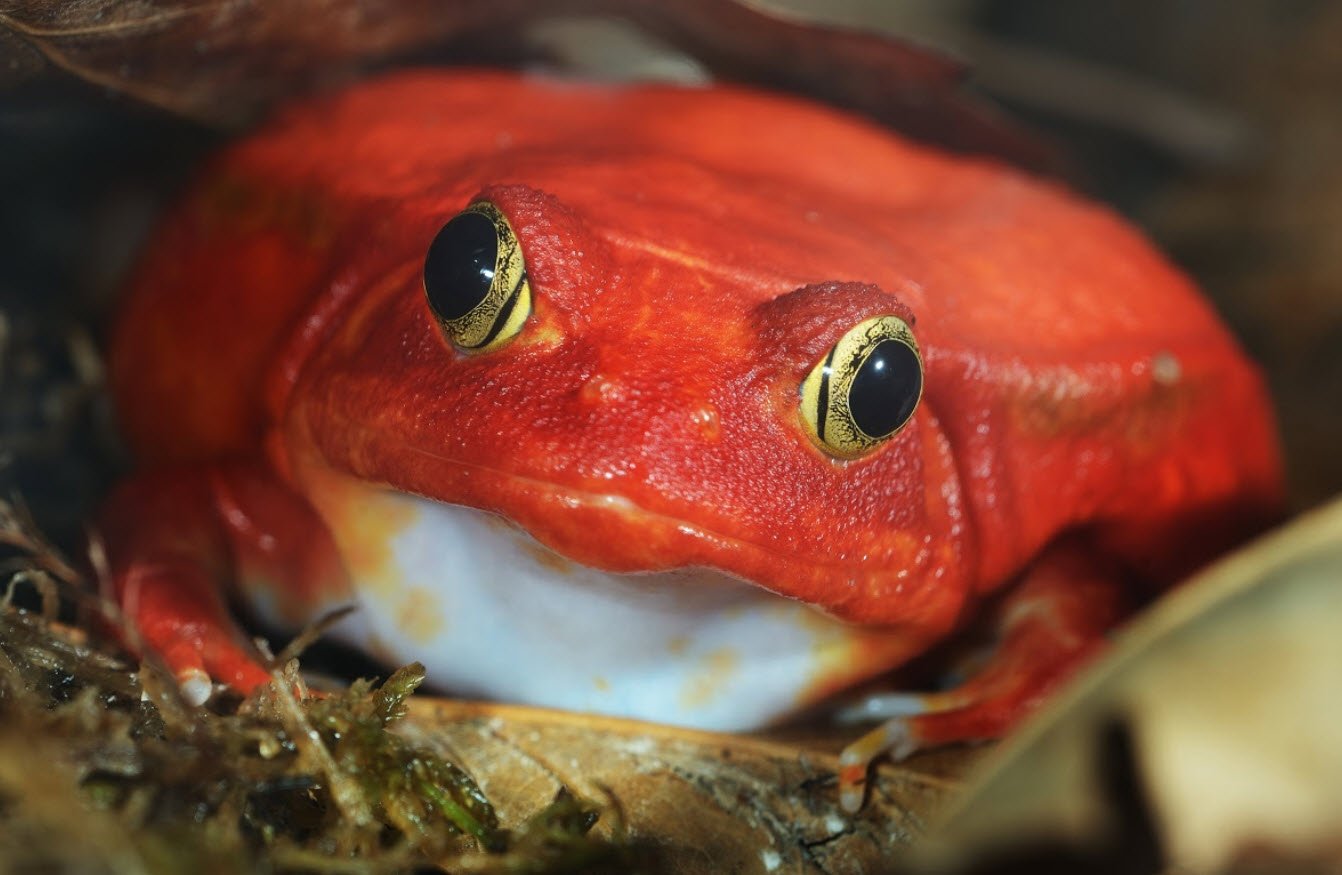
12. Boa
Madagascar is home to a variety of snake species, including the Madagascar Tree Boa (Sanzinia madagascariensis). This non-venomous snake is known for its arboreal lifestyle and distinct markings.

13. Madagascar Fody
The Madagascar Fody (Foudia madagascariensis) is a small bird species with striking red plumage, found across various regions of Madagascar. Males display vibrant red coloration during the breeding season, attracting females for mating.
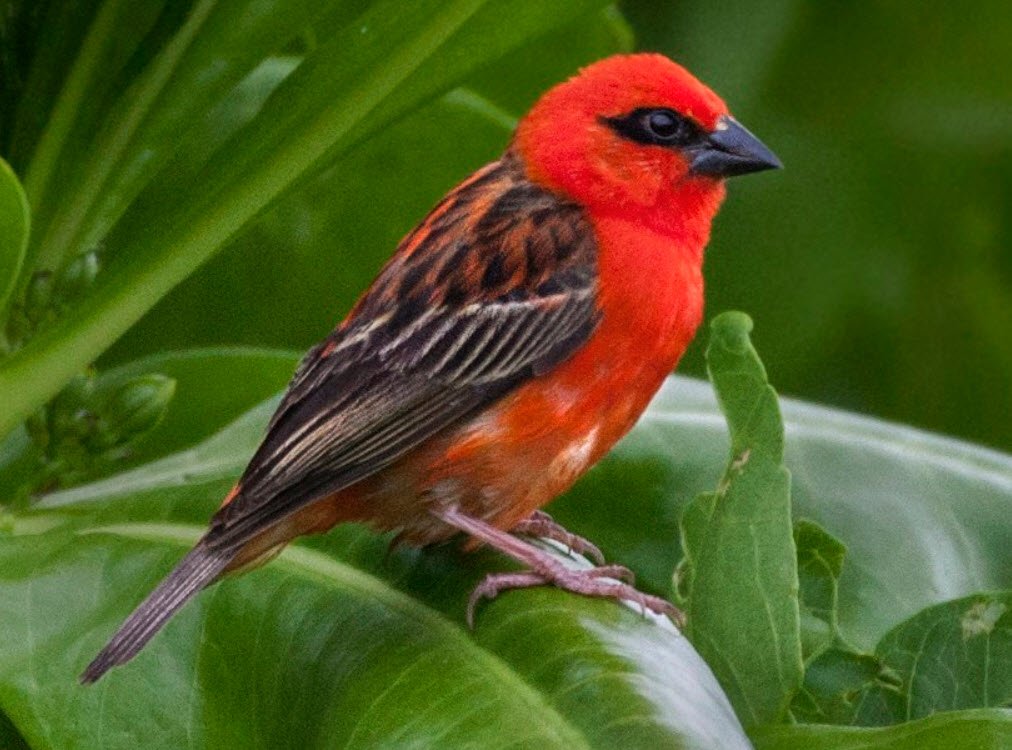
14. Barn Owl
The Barn Owl (Tyto alba) is a widely distributed bird species, including the island of Madagascar. Recognizable by its heart-shaped face and exceptional hunting abilities, this bird plays an essential role in controlling rodent populations.
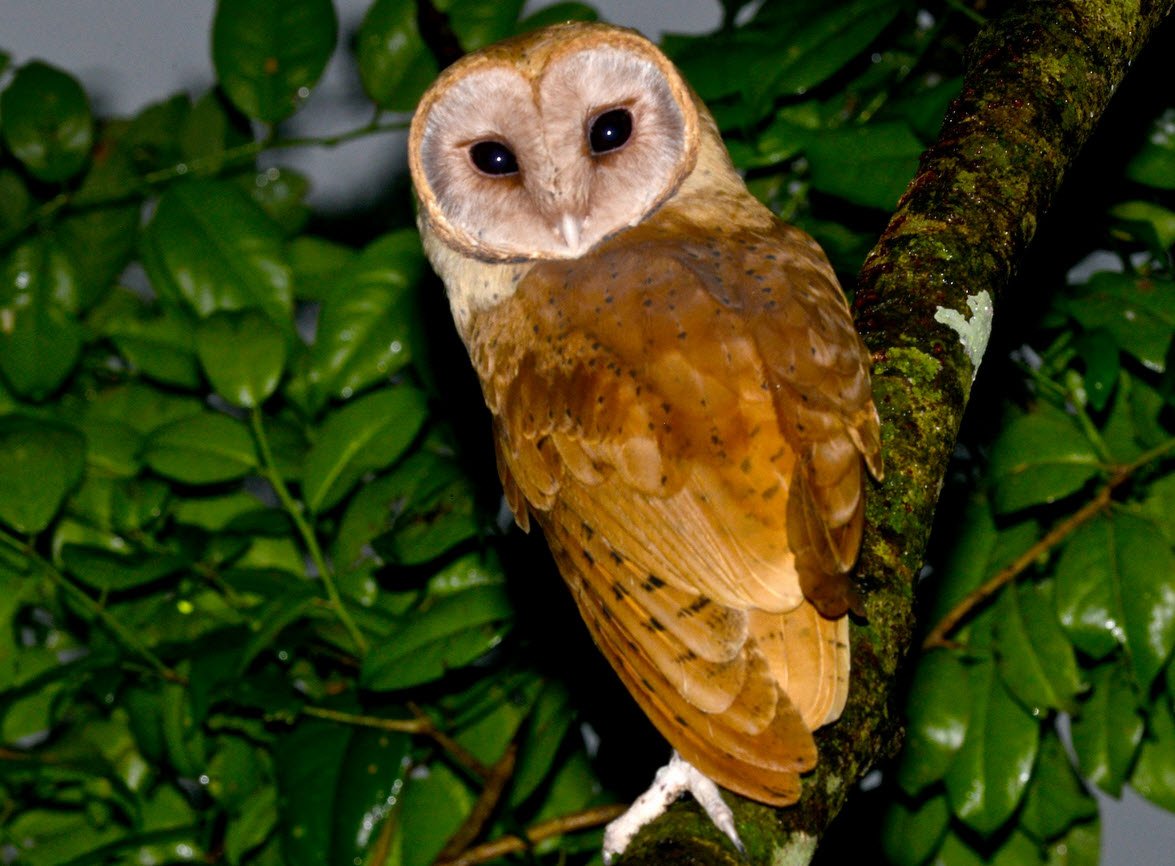
15. Radiated Tortoise
The Radiated Tortoise (Astrochelys radiata) is a critically endangered tortoise species native to Madagascar. Known for its distinctive star-like patterns on its shell, it is unfortunately threatened by habitat loss and illegal poaching.

16. Painted Mantella
The Painted Mantella (Mantella madagascariensis) is a small, brightly colored frog endemic to Madagascar. Their vibrant hues act as a warning to potential predators about their toxicity.
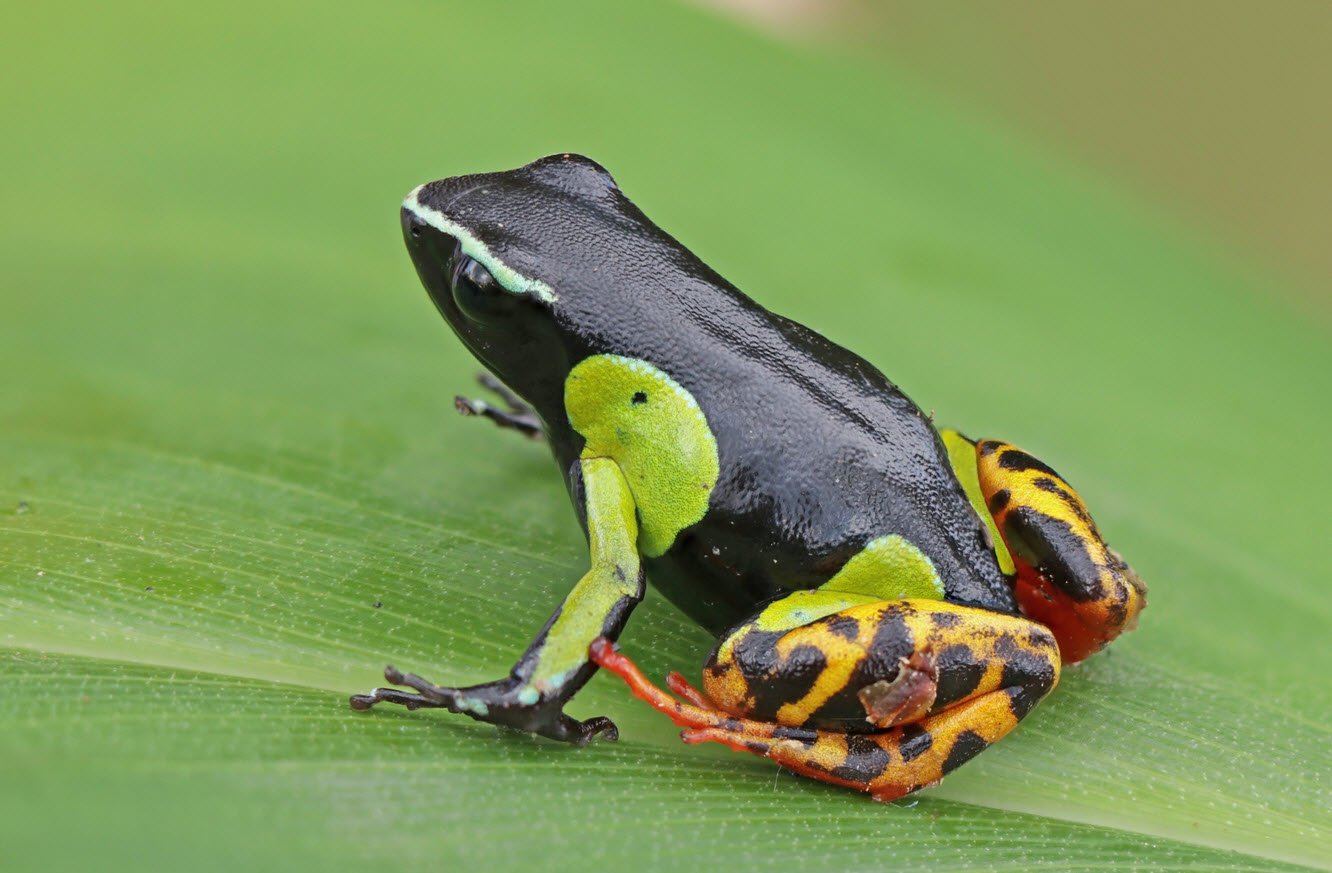
17. Crowned Lemur
The Crowned Lemur (Eulemur coronatus) is a medium-sized lemur species with a distinct crown-like fur pattern on its head. It primarily resides in the eastern rainforests of Madagascar.

18. Subantarctic Fur Seal
While not native to Madagascar, the Subantarctic Fur Seal (Arctocephalus tropicalis) can be found occasionally along the island’s coastlines. These seals are known for their playful behavior and distinctive fur.
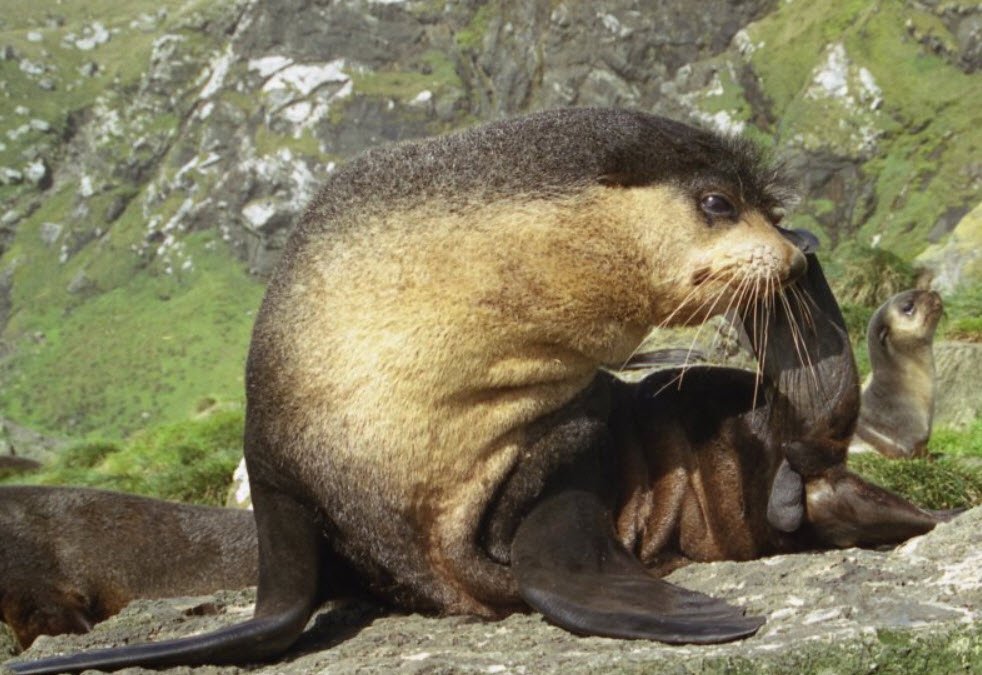
19. Sifaka Lemur
The Sifaka Lemur (Propithecus) is known for its distinctive leaping locomotion and endearing appearance. Native to Madagascar, this lemur primarily resides in the island’s eastern rainforests.
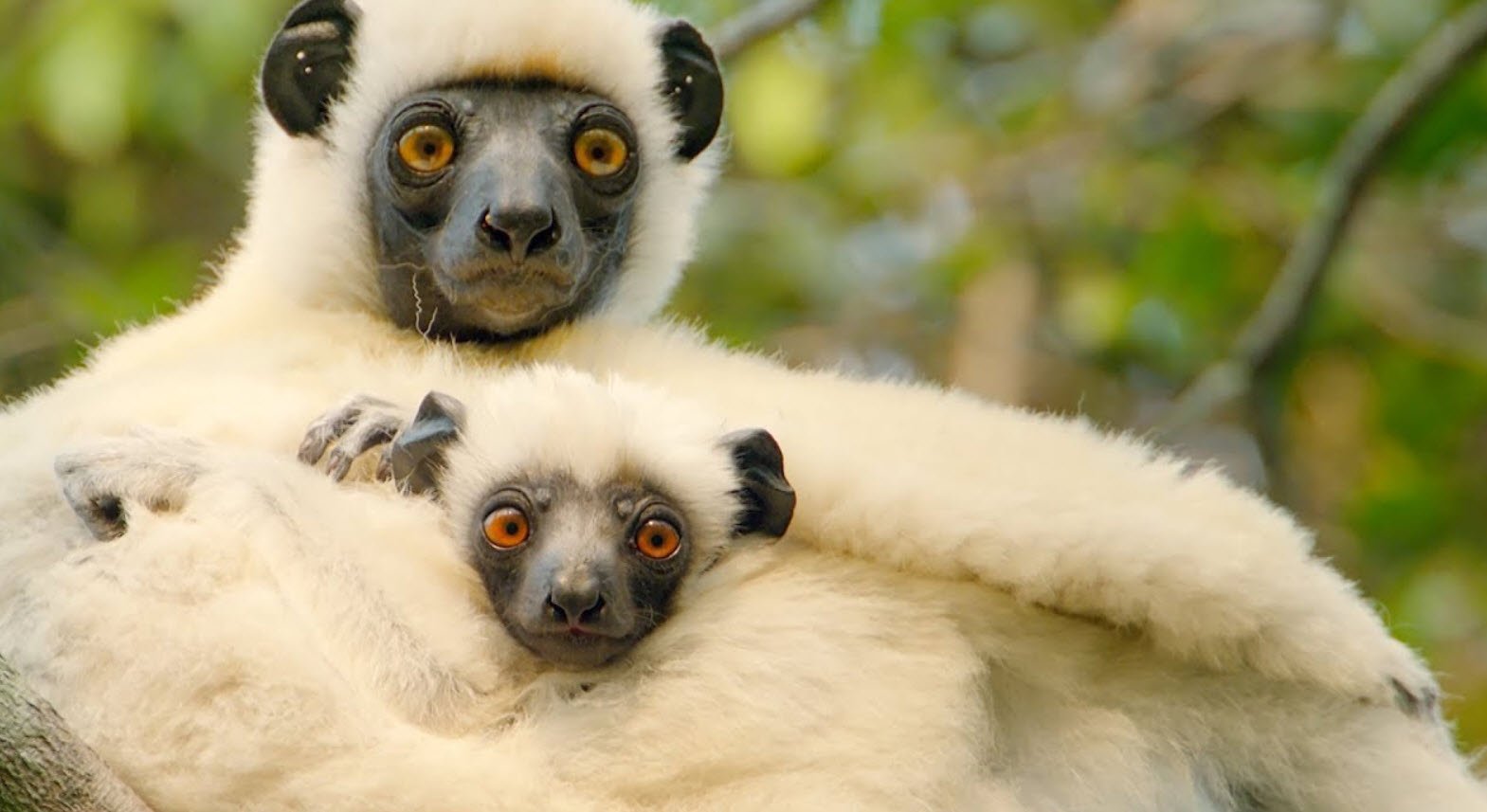
20. Giant Day Gecko
The Giant Day Gecko (Phelsuma grandis) is a strikingly beautiful reptile species endemic to Madagascar. Known for its vibrant green color and large size, it is a popular choice among reptile enthusiasts.
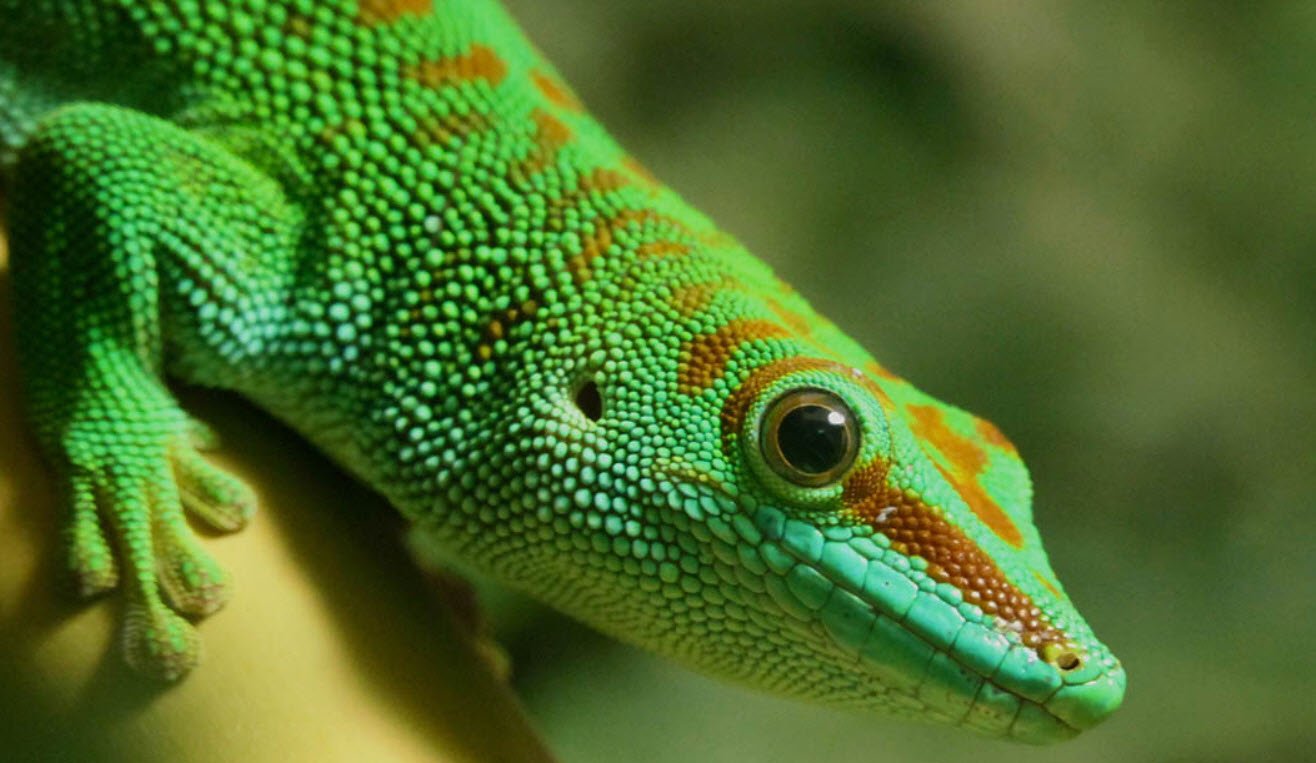
21. Rockhopper Penguin
While not typically associated with Madagascar, the Rockhopper Penguin (Eudyptes chrysocome) can be spotted on the island’s shores during certain times of the year. These penguins are known for their distinctive hopping movements and vibrant yellow crests.
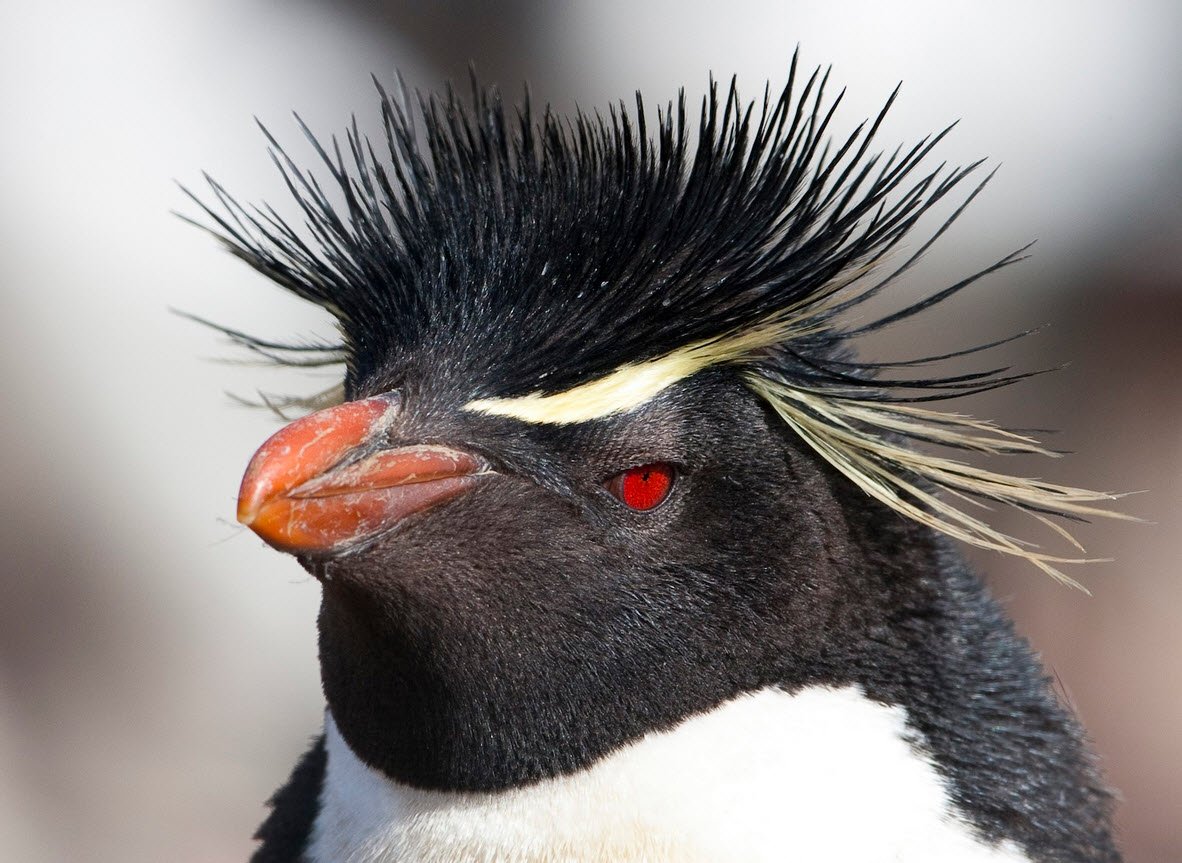
22. Indri
The Indri (Indri indri) is the largest living lemur and is often referred to as the “babakoto.” It is recognized by its distinctive black and white fur and haunting vocalizations. This critically endangered species is endemic to Madagascar.
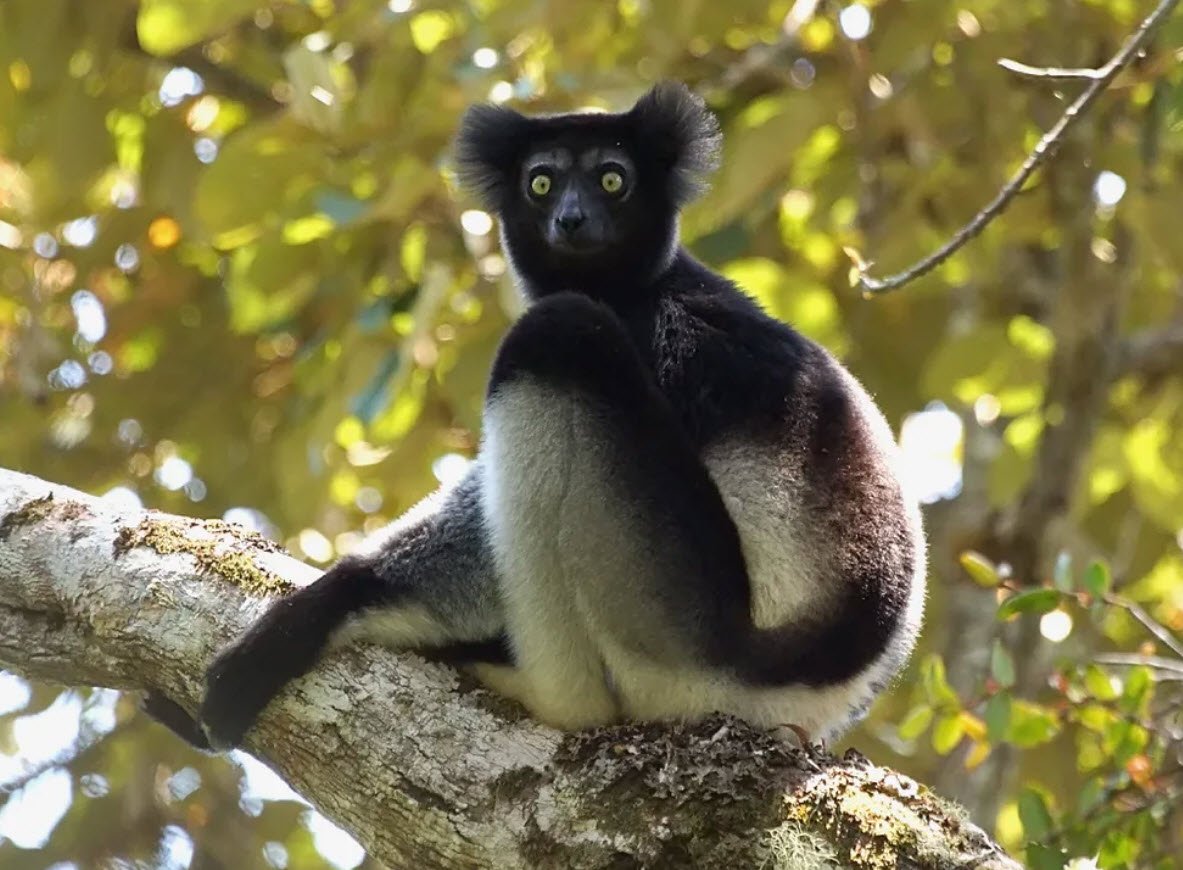
23. Gray Mouse Lemur
The Gray Mouse Lemur (Microcebus murinus) is one of the smallest primate species on Earth. Despite its diminutive size, it boasts a high level of intelligence and is endemic to Madagascar.

24. Comet Moth
The Comet Moth (Argema mittrei) is a spectacular insect species native to Madagascar, known for its long tail and impressive wingspan. It is a symbol of the island’s unique biodiversity.

25. Ring-Tailed Lemur
The Ring-Tailed Lemur (Lemur catta) is one of the most iconic lemur species, known for its distinct ringed tail and highly social behavior. These lemurs are often seen in groups, engaging in sunbathing and playful interactions.
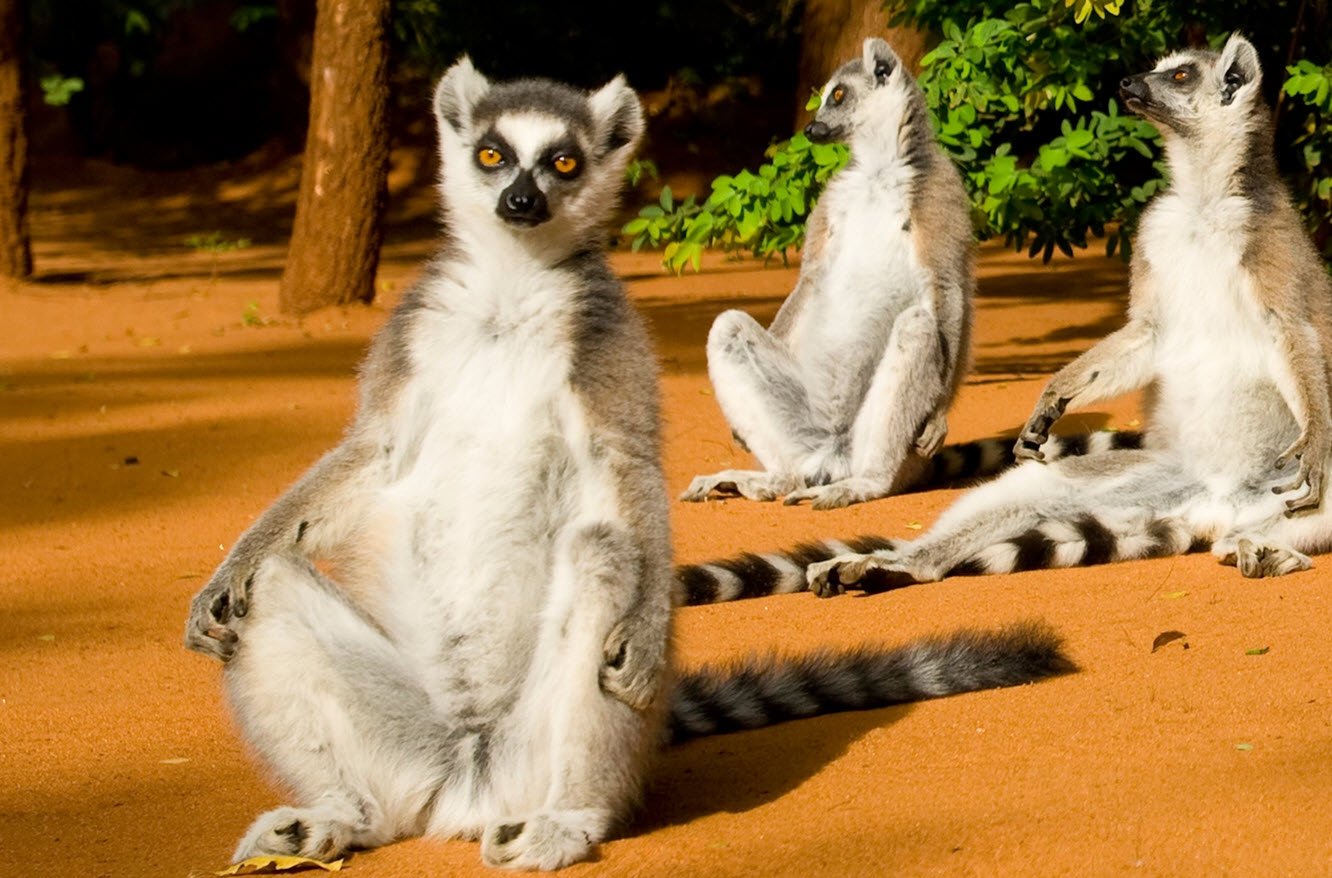
In conclusion, Madagascar’s incredible array of endemic and unique animal species showcases the island’s unparalleled biodiversity. However, many of these species face threats from habitat destruction, climate change, and illegal activities. Conservation efforts and responsible tourism are crucial in ensuring the preservation of Madagascar’s extraordinary wildlife for future generations to appreciate and cherish.



